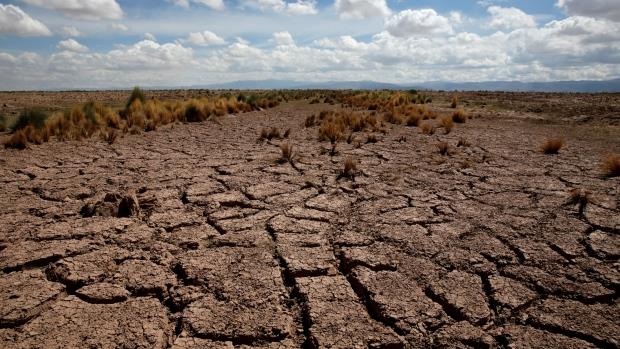
Jammu Kashmir experienced a significant rainfall deficit of 26 per cent during this year’s monsoon season, which lasted from June 1 to September 30, Kashmir Weather reported.
The region received only 408.5 mm of rainfall, falling short of the normal 549.1 mm expected during this period.
Srinagar saw a particularly sharp deficit, with 30% less rainfall than average.
Across the Kashmir Valley, districts struggled with low rainfall, except for Pulwama, which recorded a relatively smaller deficit of 13 per cent.
Many districts faced severe shortfalls, ranging from -50% to -80%. Baramulla was an exception, recording 1 per cent above normal rainfall, making it the only district in the valley with a positive figure.
In the Jammu region, Samba stood out, receiving 13 per cent more rainfall than usual, while Jammu city met its expected rainfall exactly. However, most other districts in the region experienced deficits ranging from -15% to -76%.
Meanwhile, Ladakh witnessed surplus rainfall of 17 per cent, with Kargil recording an 8% surplus and Leh seeing an 18% increase over normal levels.
This uneven distribution of rainfall highlights the varied impact of the monsoon across Jammu, Kashmir, and Ladakh.
